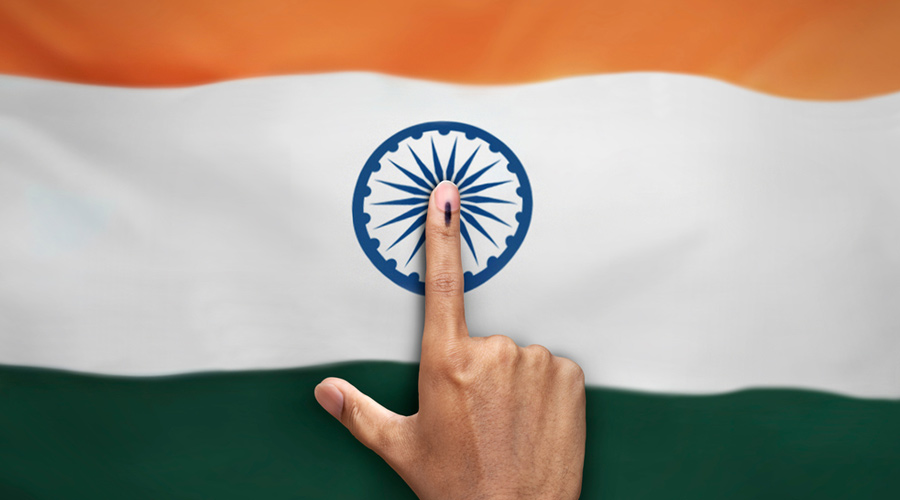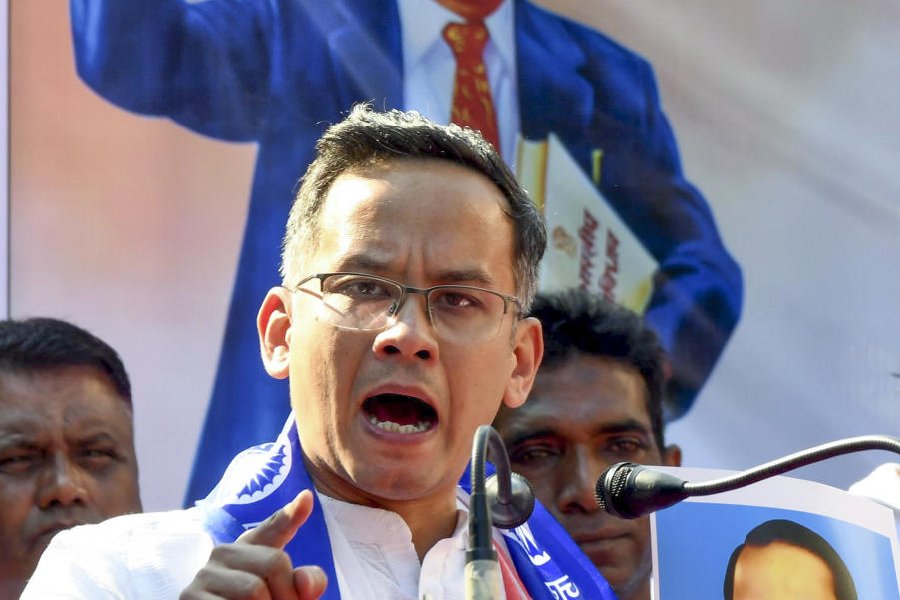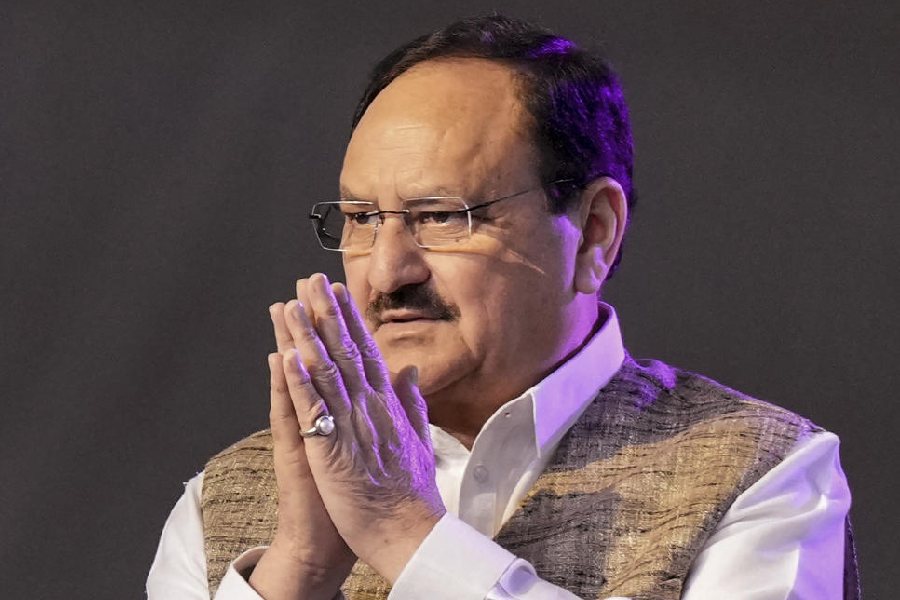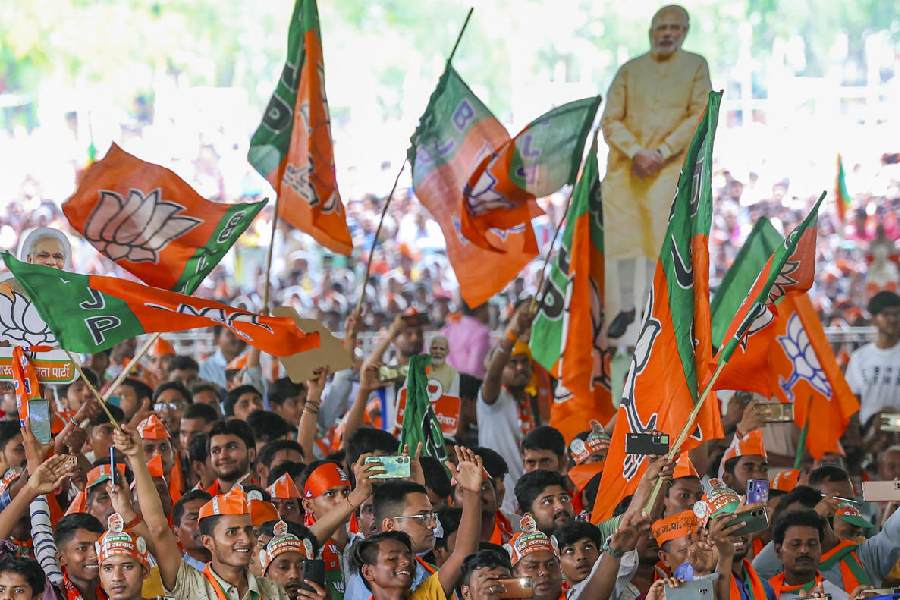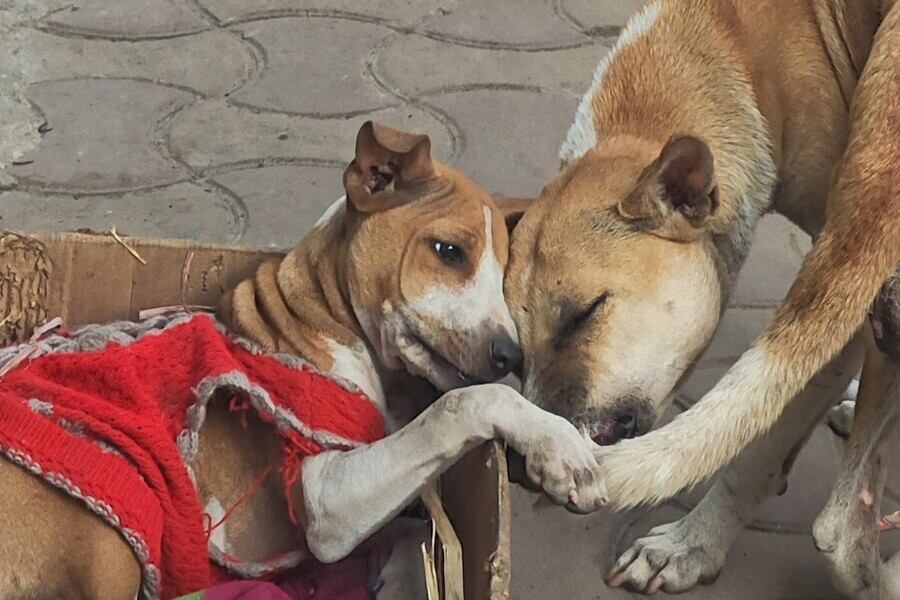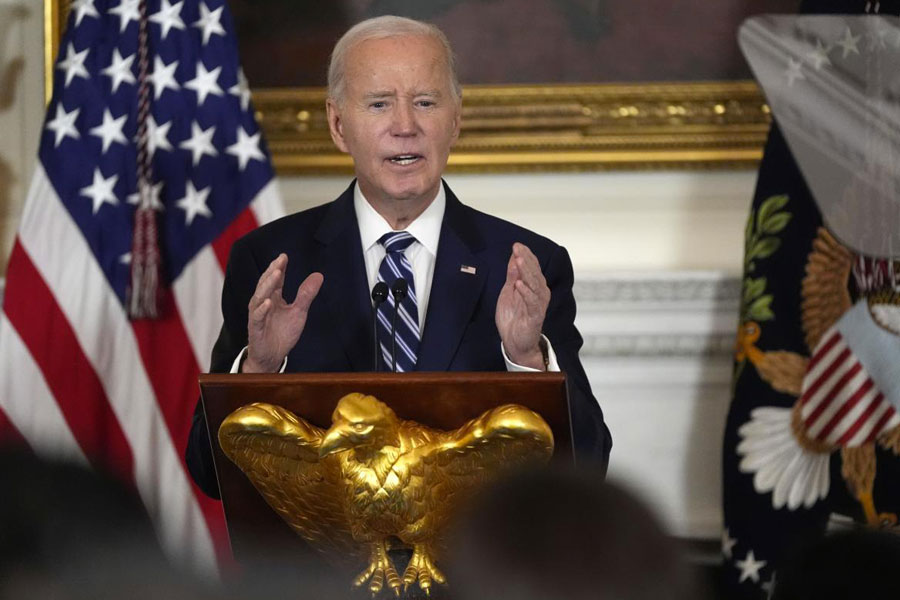The fourth edition of the Systematic Voters’ Education and Electoral Participation (Sveep) will involve more use of data to increase turnout as well as consolidation of multiple government databases.
At a restricted media interaction last week, the Election Commission’s special officer for Sveep, Ranbir Singh, said the new strategy would include “booth-level planning and action”, and specific plans for booths and constituencies where the turnout was below average. The latest edition of Sveep has been launched last year and it will continue till 2025.
So far, Sveep, which was launched before the 2009 polls, has focused on public events and outdoor publicity which is mostly sponsored by advertisers in the districts. These include, for example, fuel station attendants wearing t-shirts asking people to vote or a marathon where runners wear vests with stickers that promote the same message.
These broadly fell under the Information-Motivation-Facilitation paradigm — which the EC continues to do. On National Voters’ Day on January 25, the EC released Hindi and multilingual versions of a jingle titled "Main Bharat Hoon" to promote the idea of taking pride in voting. Produced by filmmaker Subhash Ghai, and featuring 18 celebrity singers who offered their services pro bono, the multilingual version has lyrics in 12 languages.
However, top EC officials say that this has reached a saturation point. The Sveep strategy has expanded to focus on education, engagement and empowerment. A strategy drawn up in September last year is being sent to district officials responsible for polling.
In the Gujarat polls, for instance, constituencies where the turnout of women was below average more polling stations entirely managed by women were set up. Voter lists are being matched with death registers to identify which voters are no more.
Singh explained that this involves six sub-strategies: besides booth and constituency-level plans in places where turnouts are low, targeted intervention is put in place for the marginalised such as persons with disabilities, transpeople, particularly vulnerable tribal groups, and the homeless, besides youth and women.
It includes partnerships with government departments and employers' organisations, leveraging EC programmes like voters day, special summary revision, electoral literacy clubs and publicity through all media.
Singh clarified that partnerships with the private sector—a red rag for the Opposition— would be with industry bodies rather than individual companies to see that employees get the time and facilities to cast their votes.
Besides coordinating with electoral registration officers, and setting up Voter Awareness Forums, Sveep4 has listed several ways to engage corporates, including getting them to sponsor Youth Voter Festivals and other interventions, and integrating voter education themes in their advertisements.
Polling booths will be coded with the seven colours of the rainbow.
Violet is the highest turnout of more than 70 per cent and red is the lowest with less than 40 per cent. Almost like what cadre-based parties do, the booth-level officer has a lot of work under the new scheme.
The Sveep Strategy 2022-2025 book lists bi-monthly "chunav pathshala" awareness classes with those who do not vote and WhatsApp and Telegram groups. A monthly session –- "masik matdata baithak" -- needs to be scheduled on the first Sunday of every month from 10am till 2pm to provide access to citizens to carry out registrations, corrections and access information and other election-related services and address their grievances.
A Remoting Voting Machine prototype found few takers among political parties, but a number of steps, including mapping of migrants and reaching out to them, is part of the new strategy. Such is the focus on Sveep that the department has got its own office now across the road from the EC headquarters, Nirvachan Sadan. Their goal: a turnout higher than that in the 2019 general election, which was 67.4 per cent.

